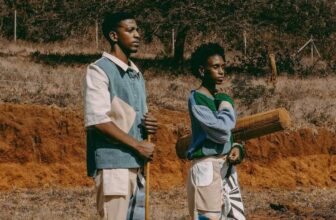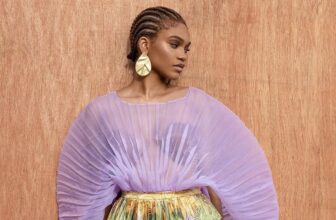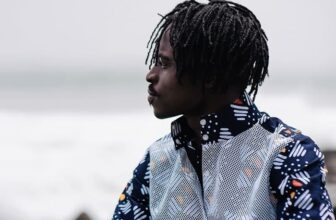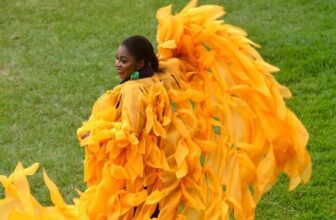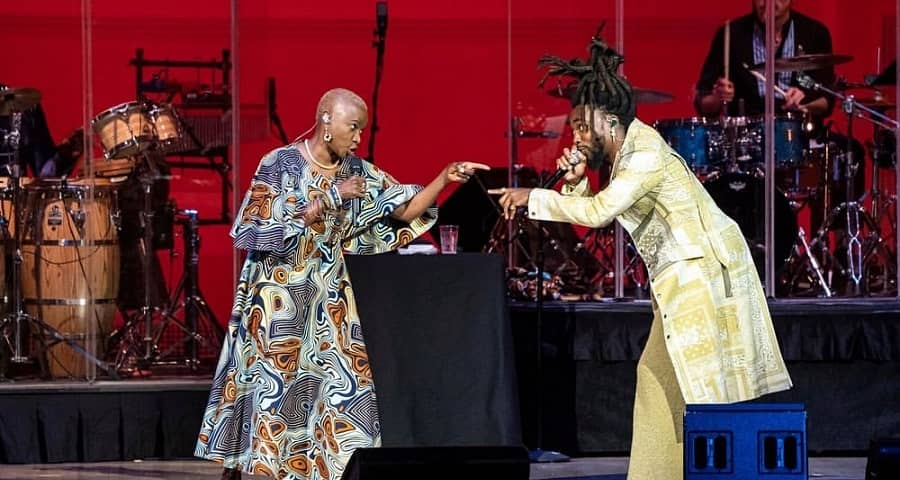 Photo: Stephanie Berger
Photo: Stephanie Berger
African fashion has gained appeal in recent years thanks to its distinctive designs, brilliant colors, and traditional prints that are in high demand all over the world. This trend has also influenced the wardrobe choices of afro beats music artists, who have incorporated these elements into their stage outfits and music videos. For instance, artists like Tems, Wizkid, Tiwa Savage, and Burna Boy have been known to wear brightly-colored African prints in their music videos and on stage, often collaborating with African fashion designers.
Afrobeats music is a rapidly growing subgenre that has its origins in West Africa. Beginning with the legendary afrobeat musician Fela Kuti, afrobeat performers have always embraced fashion to express their artistic vision. Musicians from the African continent are gaining recognition in the business for their efforts to promote African fashion on a global scale across all music streaming platforms. By encouraging the use of traditional African textiles, patterns, and designs in a modern and trendy way, contemporary Afrobeats music has been playing a vital part in elevating African fashion.
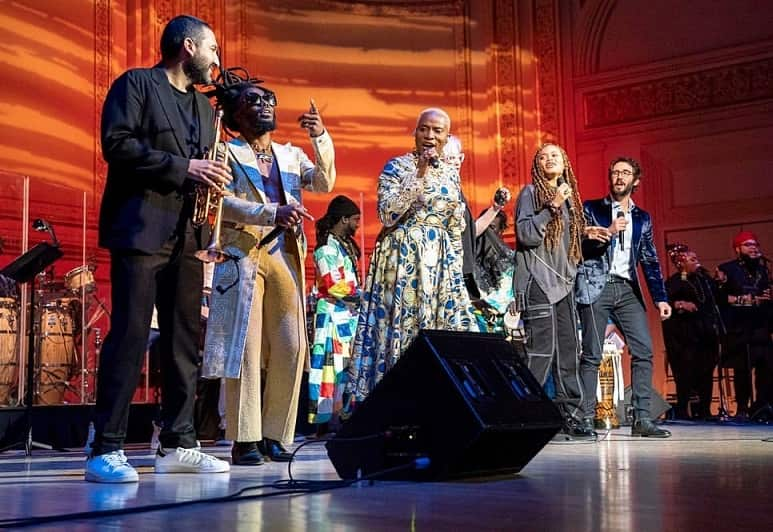
Africa has a wide range of musical genres that cross international boundaries. Some, like Ghanaian highlife and Nigerian fuji, which combined with other influences to produce the well-known Afrobeat genre, have intricate, interlocking rhythms and percussion that are also present in funk and jazz.
In Nigeria, Fela Anukulapo Kuti returned in the late 1960s after finishing his studies at the London School of Music in England with a blend of didactic Yoruba music, bouncy West African highlife, and funk to produce what is now known as Afrobeats music. Together with his political beliefs, Fela’s artistry also included his deliberate anti-colonial and pan-African dress choices that complemented his music with regard to his physical appearance.
Although Fela was a pioneer in the artistic integration of African fashion with afro beats, he wasn’t the only musician to use fashion to enhance his sound. Several afrobeat musicians of his time and a number of other Nigerian musicians who dabbled in genres like reggae or rock frequently embodied the style sensibilities common to the genres they were working in.
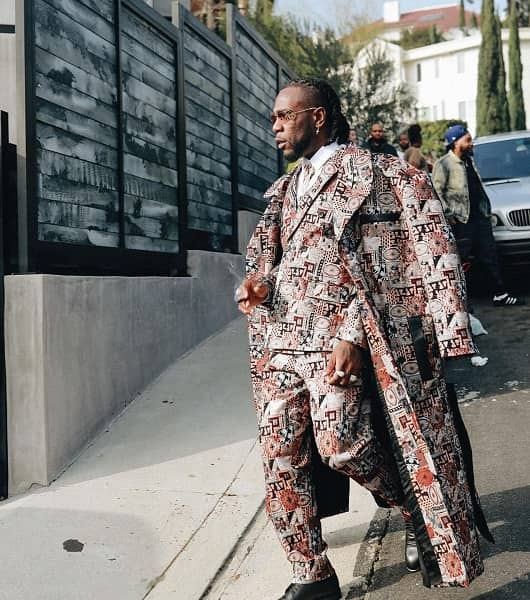
The majority of contemporary artists’ “rebellious” decisions on what their style should be—and not just what is fashionable—are influenced by Fela’s expressiveness and sense of style. African fashion has equally advanced as musicians embrace the fundamentals of expressing the distinctiveness of their music through their clothing rather than necessarily the genre they performed in.
African culture — particularly its fashion — has been at the center of Afrobeats music videos, from the countless traditional ensembles worn in Yemi Alade’s music videos to the voguish hairstyles displayed in Omah Lay’s “Lo Lo.”
Tems, on the other hand, often wear head wraps, which are a traditional African head covering that has become a popular fashion accessory in her music videos and stage performances. On and off the stage, Tiwa Savage has also been spotted wearing clothing from African designers like Maki Oh, and Lisa Folawiyo, amongst others. One music video at a time, the stunning visuals of the genre have greatly contributed to promoting Africanacity and sharing true indigenous stories thus inspiring and influencing fans to adopt similar styles. This has also resulted in a revival of African fashion and a newfound appreciation for traditional textiles and patterns.
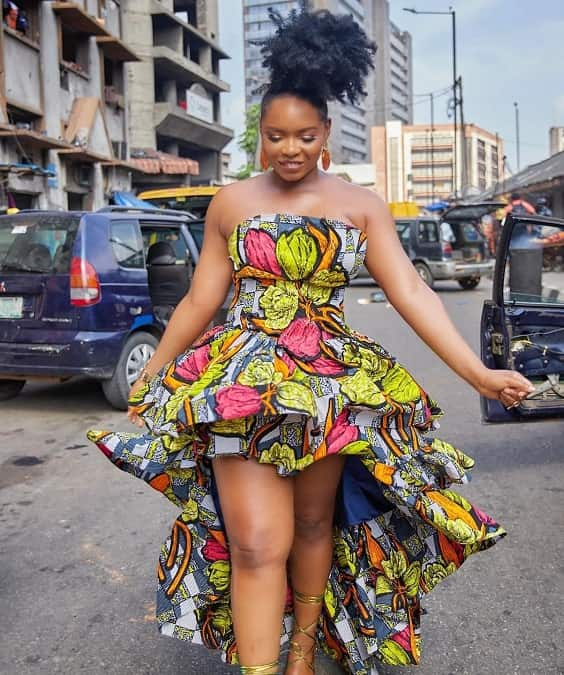
Additionally, many African fashion designers and fashion houses have collaborated with Afrobeats artists to create unique, eye-catching outfits for performances and events. These collaborations have helped to increase the visibility and popularity of African fashion, both on the continent and around the world. Dressing Afrobeats musicians helps lesser-known African Fashion brands, especially those that haven’t yet expanded beyond their local market, to gain recognition.
When well-known African musicians like wear clothing from a modest African brand, it allows those brands also to become more well-known. This collaboration has many advantages because these artists have such a profound impact on so many people around the globe that it may enable you to go from being a little business selling a small number of your products to one selling millions and frequently reaching the coveted “sold out” status.
The popularity of Afrobeats has also led to an increase in the number of fashion events and shows in Africa, which provide a platform for designers to showcase their latest collections and gain exposure to a wider audience. In a nutshell, the emergence of Afrobeats and its impact on fashion have played a significant role in elevating perceptions of Africa and its rich cultural legacy as well as in developing a fresh, dynamic, and global view of African fashion. This highlights the need for African creatives, artists, and brands to support one another.
And just a reminder, the hashtag #africansforafrica is a never-ending campaign to highlight the creativity, originality, and diversity of Africans.



